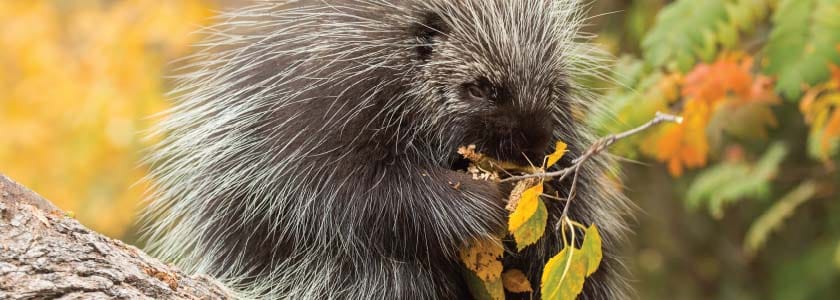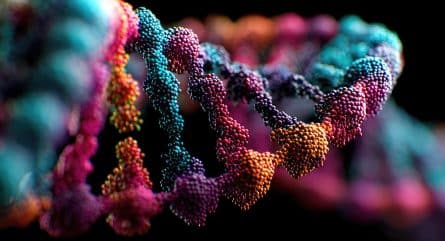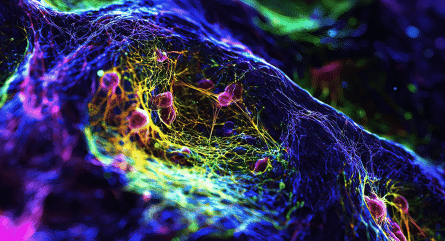In normal times, millions of tourists flock to Costa Rica to soak up the sun, explore jungly beaches, hike around smoking volcanoes, and trek through misty cloud forests, often with hopes of spying some of the country’s weird and wonderful wildlife.
Squeezed into the pointy arrow tip where North America meets South, riddled with a variety of landscapes, and blessed with sprawling protected areas, Costa Rica is home to more than 500,000 animal species, which represent nearly 5% of all species worldwide, earning it the title of “megadiverse.”
And what wildlife it is. In Costa Rica you can find a veritable Disney animation movie’s worth of rare animals like the collared aracari, the howler monkey, tapirs, the eyelash viper, three-toed sloths, and the tree porcupine.
Despite being home to 28 national parks, including three UNESCO World Heritage Sites, covering 12% of the country, and hundreds of thousands of acres of additional land protected in preserves and refuges, some of the country’s wildlife is in peril. Animals like the great green macaw, the jaguar, and the Geoffroy’s spider monkey are endangered, and deforestation remains one of the country’s biggest problems, gobbling up an estimated 20,000 acres a year.
BioAlfa: Barcoding Species in Costa Rica
With all this in mind, a team of researchers in Costa Rica is undertaking an ambitious, perhaps never-before-attempted feat: DNA barcoding every species in the country.
The effort, called BioAlfa, proposes using DNA barcoding to identify what could be close to 1 million species. DNA barcoding is a method to identify organisms based on a short, standardized DNA fragment. The sharable information can be used to study species and their habitats.
"Barcodes can document and confirm known species while uncovering lots of hidden variation, some of which may lead to the description of new species," said David Schindel, executive secretary of the Consortium for the Barcode of Life, based at the Smithsonian Institution in Washington, D.C., when explaining the process in 2007.
BioAlfa is spearheaded by American ecologists Daniel Janzen and Winifred Hallwachs, who have worked for years in ecological restoration in key areas of the country and now want to take those efforts to the national level.
“When Costa Rica comes to begin to seriously know its one million-plus multicellular species—who they are, what they do, where they are, how to find them when wanted, and put them public on the web—it will be the first tropical country to be becoming seriously bioliterate,” Janzen said.
The effort, which could take 10 years, has support from the nation’s president and squares neatly with the country’s long commitment to conservation. The data will reside in the public domain, Janzen has said.
The project would go a little something like this: Trained field workers would collect species and extract and read a short section of DNA—just enough to differentiate it from other species—then put that in a database. Already, Janzen and Hallwachs have barcoded about 50,000 species in the last 15 years in a program run by the University of Guelph in Canada. The data are stored in the Barcode of Life Data System.
Future of BioAlfa
While the project is seemingly off to a slow start, Janzen envisions the pace of barcoding picking up thanks to the development of cheap handheld pocket barcoders which potentially could be distributed to everyday Costa Ricans who, when they encounter wildlife, could collect data and upload it using wi-fi to create a “library of life” replete with free and publicly available data which the country could use to better protect and celebrate its wildlife.
“This is simultaneously a massively complex collage of technical science embedded in an omnipresent biopolitical socioeconomic context," wrote Barcode Bulletin. "BioAlfa will only be achievable when actually carried out by the future owners and caretakers of their country, with support from appropriate international collaborations.”



























